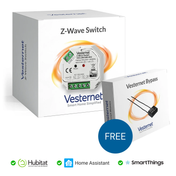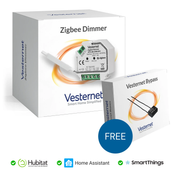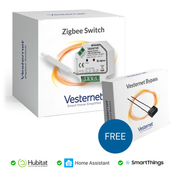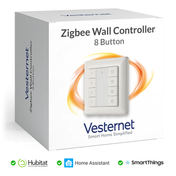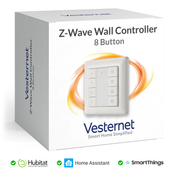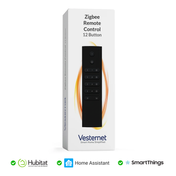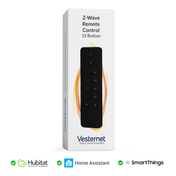Question
Do you sell a Z-Wave enabled door bell / chime?
Answer
Unfortunately this isn't a product that we sell - we know that a few different manufacturers make these, but we've heard that the feedback from users has been poor. We have therefore taken the decision not to stock them.
Solution
Instead of a dedicated Z-Wave door bell / chime, we recommend that you simply add Z-Wave functionality to your existing equipment. To do this, the "binary input" on a Fibaro Universal Door & Window Sensor can be used.
Unfortunately most makes of door bell / chime don't have the "dry contact" or "potential free output" that the Fibaro Door & Window Sensor requires, so a small relay will need to be used inbetween the two devices.
The relay should be rated to suit the output of your door bell / chime and the "coil" side of the relay should be wired to that output. The contact side of the relay should then be wired to the binary input on the Fibaro Door & Window Sensor.
This is really simple and easy to wire up, although you may need a soldering iron to connect the wires to the relay itself. At the Fibaro Door & Window Sensor end there are screw terminals and on the door bell / chime used in this example there were some conveniently accessible push connections.

The door bell / chime used in this example only just about had enough space inside to fit a small 6 Volt relay, otherwise the Fibaro Door & Window Sensor could have been hidden away too!

By default the binary input on the Fibaro Door & Window Sensor is set for "normally closed" operation, whereas a door bell operates in a "normally open" fashion.
The configuration of the Fibaro Door & Window Sensor therefore needs to be updated by changing Parameter 3 to 1.

Wiring Diagram

We hope you found this article useful!


